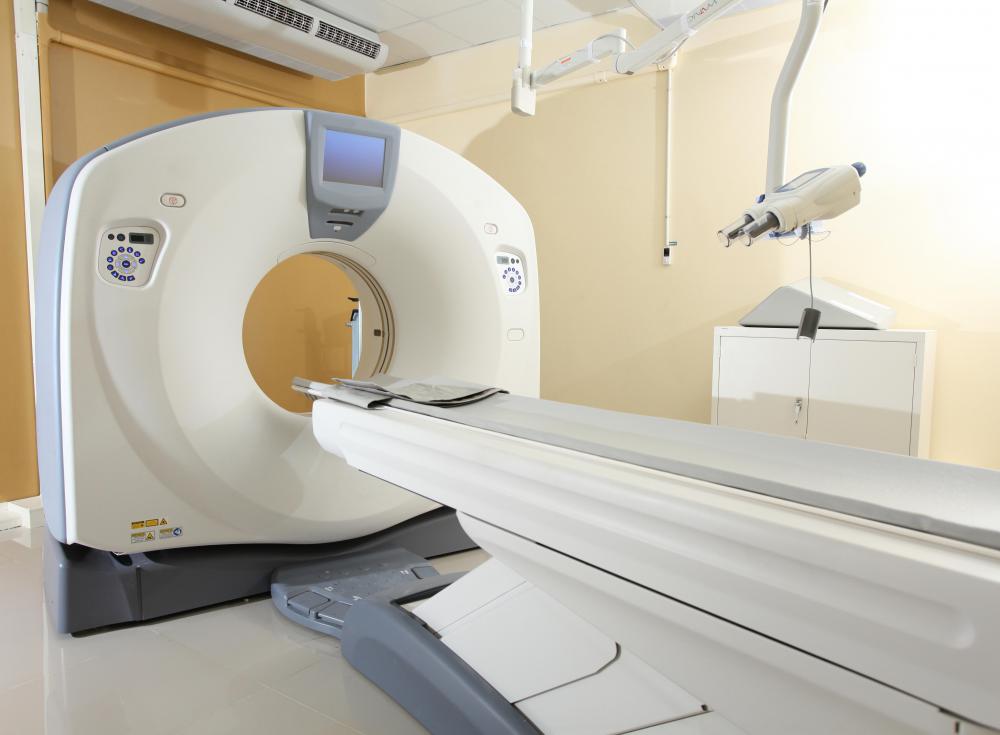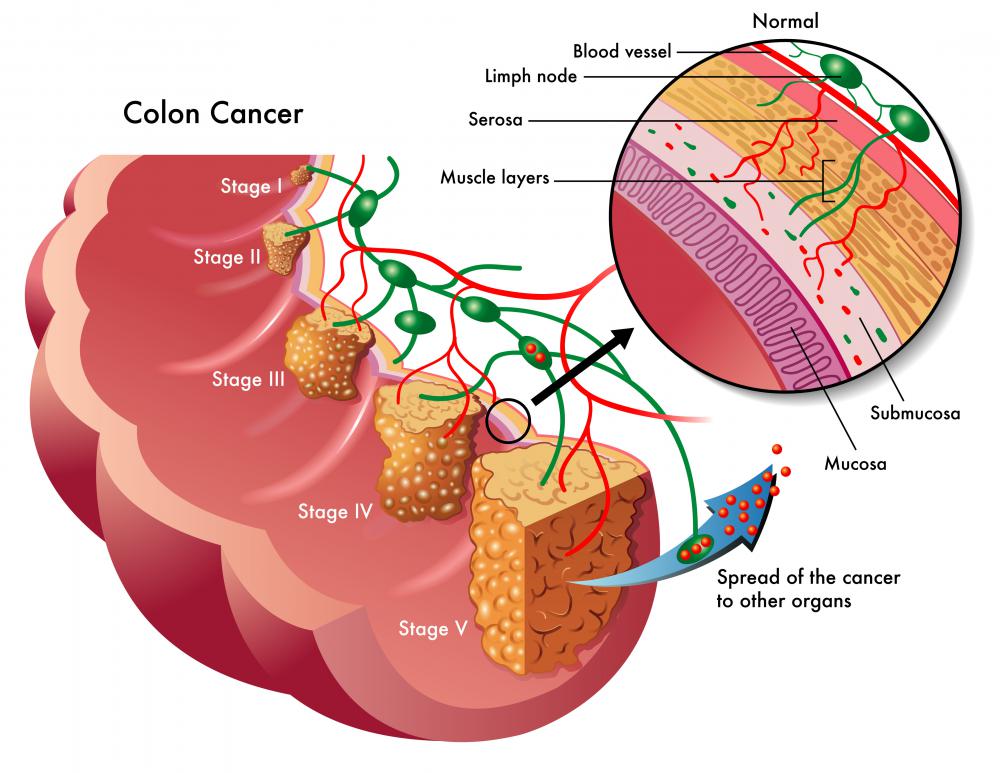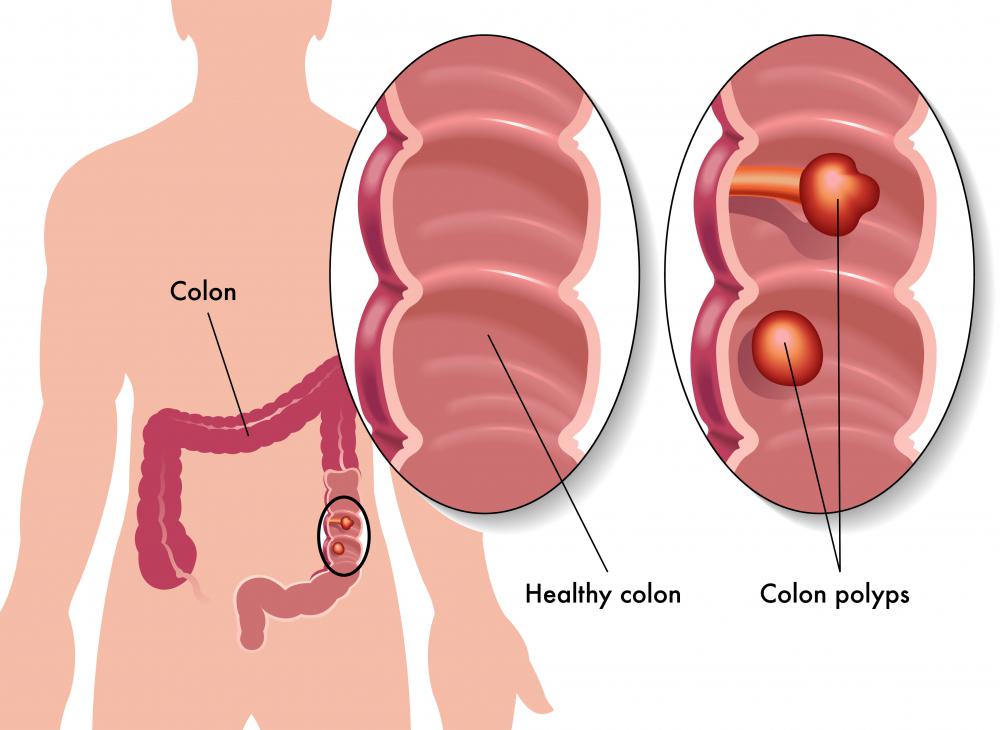At TheHealthBoard, we're committed to delivering accurate, trustworthy information. Our expert-authored content is rigorously fact-checked and sourced from credible authorities. Discover how we uphold the highest standards in providing you with reliable knowledge.
What Is a Colon CT Scan?
A colon CT scan is a technologically advanced scan of the colon. Its purpose is to provide digital images of the inside of the colon and document the size and location of abnormalities. Benefits of a colon CT scan over other investigative methods include its ease of use and the fact that sedation is not necessary. The downside of a colon CT is that if abnormalities are found, the patient must then undergo a traditional colonoscopy to have the abnormalities examined or removed.
Typically, a colon scan is an x-ray of the entire colon and rectum. The patient is placed on an examination table and the CT machine moves around his or her body taking images for study. A specialized program allows the machine to take two-dimensional and three-dimensional photos of the colon and rectum. This provides very detailed views of polyps, malformations, or other problems.

The CT scan is a fairly quick procedure, with repeat examinations recommended every five years. Patients do not have to be sedated, which means they can drive themselves to and from the appointment. Small polyps are sometimes missed during the procedure, and false positive test results have also occurred.
In the days leading to the procedure, most patients are asked to take in only liquids. The night before the procedure, the patient drinks a cleansing solution that causes the body to flush the colon through bowel movements. This cleans out the colon so that the best images can be taken.

A colon scan is less invasive than a traditional colonoscopy, although both of them use a tube to pump the colon full of air. The difference is that the traditional colonoscopy sends a tube with a camera throughout the entire colon length, while the CT procedure only requires a short air tube that is placed just inside the rectum. Some patients experience mild cramping as the colon is filled with air. The colon scan procedure takes approximately 10 minutes to complete.

Possible complications from a colon CT scan include a small risk of the colon wall rupturing or becoming damaged from the air pressure filling it up. Side effects such as cramping and bloating are possible. The patient is exposed to a small amount of radiation during the procedure, as it is an x-ray.
Patients who have a colon CT scan that identifies abnormalities will undergo a traditional colonoscopy for further examination and tissue or polyp removal for biopsy. Once a problem is identified on a colon CT scan, the patient is typically monitored more closely. Scans every three to five years are usually recommended at that point.
AS FEATURED ON:
AS FEATURED ON:














Discuss this Article
Post your comments